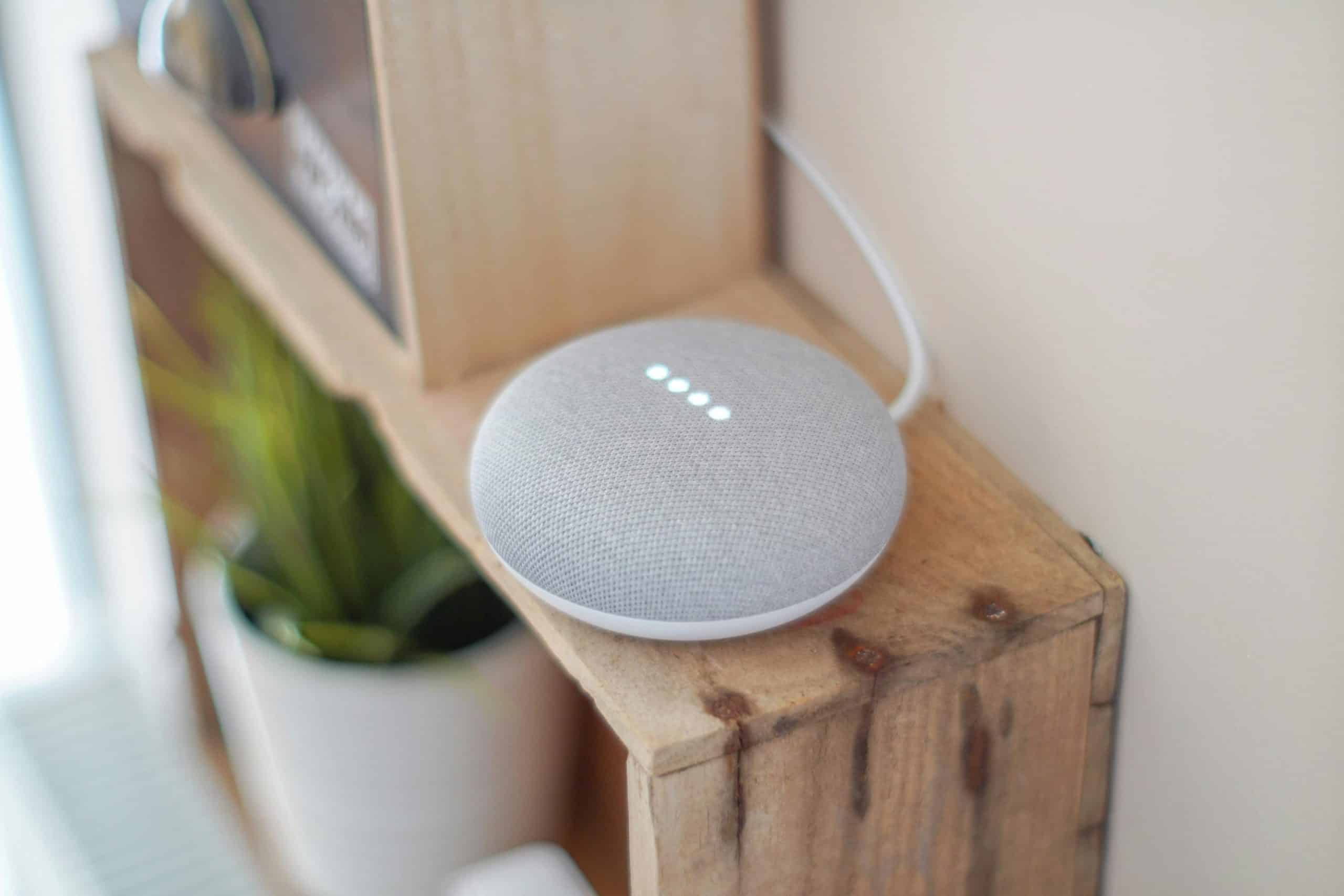How to Build a Smart Home Ecosystem in New Residential Developments?

As the world evolves, technology becomes an integral part of our everyday lives. Our homes are no exception. Today, our devices not only help us in our daily tasks but also control and monitor our homes. From controlling lights to ensuring security, the concept of smart homes has become a reality. But, how exactly can you build a smart home ecosystem in your residential development? This article outlines practical steps you can take to implement a smart home system using devices from major technology giants like Google, Amazon, and Apple.
Incorporating Smart Home Devices
Incorporating smart home devices into your properties begins with understanding what’s available in the market. Various companies offer a range of devices that can help transform your home into a smart one. Some of these devices include smart lights, smart thermostats, and voice assistants. You may be wondering ‘What does smart mean?’. In the context of home devices, ‘smart’ refers to the ability of these devices to connect to the internet (also known as IoT or Internet of Things) and be controlled remotely, often through a smartphone app.
Additional reading : What Are the Financial Implications of Retrofitting Listed UK Properties for Accessibility?
Smart Lights
Smart lights are a great starting point when it comes to building a smart home ecosystem. They are easy to install and offer immediate tangible benefits. For instance, you can control your lights remotely or set them to turn on and off at specific times. Companies such as Google, Amazon, and Apple offer smart lights that are compatible with their respective ecosystems.
Voice Assistants
Voice assistants like Google Assistant, Amazon’s Alexa, and Apple’s Siri are also essential devices in any smart home. They provide the ability to control other smart home devices using voice commands. This not only makes things more convenient, but it can also help those with mobility issues control their homes more easily.
This might interest you : What Are the Benefits of Installing Green Walls in Office Spaces?
Implementing Home Security Devices
When building a smart home ecosystem, security should be a top priority. Thankfully, technology has made it much easier to keep our homes safe. Devices like security cameras, smart locks, and alarm systems can all be controlled from your smartphone, giving you peace of mind no matter where you are.
Security Cameras
In today’s tech-savvy world, security cameras offer more than mere surveillance. With the help of AI and IoT technology, these devices can identify unusual activity and send alerts to your phone. Google’s Nest cameras and Amazon’s Ring cameras are popular choices among homeowners.
Smart Locks
Smart locks offer a new level of security and convenience. You can lock and unlock your doors remotely, grant temporary access to visitors, and even receive notifications when your door is opened or closed. Some models from Google Nest and Amazon also integrate with voice assistants, allowing you to control your locks using voice commands.
Integrating with a Central Control System
Once you’ve chosen your smart home devices, the next step is integrating them into a central control system. This system acts as the brain of your smart home, allowing you to manage all your devices from one place.
Google, Amazon, or Apple?
The three major players in the smart home space are Google, Amazon, and Apple. Each offers a different approach to the smart home, and the best choice will depend on your personal preferences. Google’s ecosystem, for instance, is built around the Google Assistant, making it an excellent choice if you’re a frequent user of Google services. Amazon’s ecosystem revolves around Alexa, while Apple’s system is built around the HomeKit platform. All three are robust and offer a wide range of compatible devices.
Configuration and Control
Once you’ve selected an ecosystem, the next step is to configure your devices to work with it. This usually involves downloading the respective app (Google Home, Amazon Alexa, or Apple Home), adding your devices, and setting up routines and automations. With everything set up, you can control your entire home from your smartphone or using voice commands.
The Future of Smart Home Technology
The world of smart home technology is continually evolving. As we march forward, new developments and advancements are bound to make our homes even smarter and more connected. For instance, we’ve already seen the advent of AI-powered devices that learn our habits and adapt to our routines over time. These are not just conveniences; they are game-changers that are transforming our homes and our lives.
AI and Machine Learning
AI and machine learning are poised to play a significant role in the future of smart homes. These technologies can help our devices learn from our behaviors and automatically adjust to our routines, potentially saving us time and energy.
More Than Just Convenience
While convenience is a key selling point of smart home technology, it’s not the only benefit. A smart home can also help save energy by more efficiently managing heating and cooling or automatically turning off lights when no one is around. Additionally, it can provide an added layer of security, with devices like security cameras and smart locks.
In conclusion, building a smart home ecosystem in your new residential development is a journey that requires careful planning and decision-making. However, the benefits of having a smart home are clear, and the process can be a rewarding one. By understanding the smart home landscape and choosing the right devices for your needs, you can transform your new home into a model of modern living.
Smart Speakers as the Nerve Center
Smart speakers are increasingly becoming the nerve center of the smart home ecosystem. As devices that efficiently communicate with other smart devices, they are crucial in providing a seamless smart home experience.
Google Home, Amazon Echo, and Apple’s HomePod
These smart speakers are not only known for their excellent sound quality but also their compatibility with a variety of home devices. Google Home, Amazon Echo, and Apple’s HomePod can work with numerous smart devices from different brands, proving their versatility. With the Google Assistant, Alexa, or Siri, you can issue voice commands and control everything from your smart thermostat to your security cameras. This makes it quite convenient, especially when your hands are full or when you’re in a different room from the device you want to control.
Expanding Your Smart Home Ecosystem
As technology continues to evolve, the range of home devices that can connect to smart speakers is expanding. From smart kettles to intelligent robotic vacuum cleaners, the list is endless. This provides a unique opportunity for homeowners to customize their smart home ecosystem to fit their lifestyle and needs. To make the best smart home, you should consider incorporating devices that would most benefit you and your family in terms of convenience, energy efficiency, and security.
Conclusion: Smart Homes and Real Estate
The integration of smart home technology has become a significant trend in the real estate industry across the United States. New residential developments are now incorporating these technologies to attract tech-savvy homebuyers. Besides enhancing convenience, smart homes also offer increased security and energy efficiency, making them a worthwhile investment.
Transforming the Real Estate Landscape
Smart homes are undoubtedly transforming the real estate landscape. More and more people are demanding homes that integrate modern technologies, a trend that is likely to persist in the foreseeable future. As a homeowner or developer, it is important to stay abreast of these trends to make informed decisions about your property.
A Worthwhile Investment
In conclusion, building a smart home ecosystem is not just about convenience or keeping up with technology trends. It’s a worthwhile investment that improves the quality of life by making homes safer, more comfortable, and efficient. By carefully selecting the right smart devices for your new residential development, you can create a seamless and intuitive smart home experience for the residents. Whether it’s Google Home, Amazon Echo, or Apple’s HomePod that forms the nerve center of your smart home, the benefits are universal. Your home becomes a haven where technology serves you, making life easier and more enjoyable.
